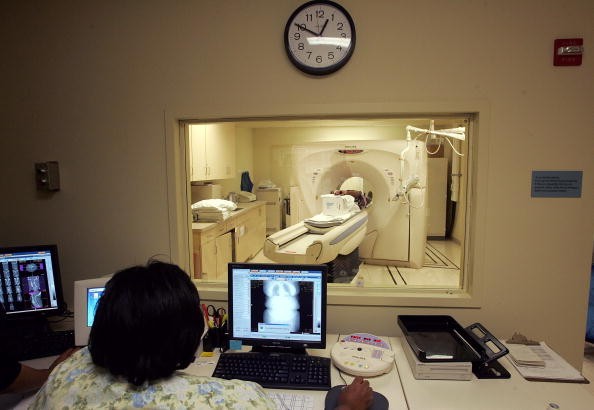
When a woman undergoes laboratory tests like mammogram, ultrasound and biopsy to diagnose breast cancer, it can be really costly. Not to mention if one needs to undergo a series of tests to confirm the first diagnosis.
Present kinds of laboratory tests and screening like ultrasound, biopsy and mammography result in 10 to 20 percent of patients having false negative results and are wrongly diagnosed, according to the University of Twente in the Netherlands.
Ongoing medical research from around the world are geared towards providing more efficient ways of detecting the illness early on and those research efforts have greatly helped many over the years. Like the recent ultrasound system in Cleveland.
The Aixplorer purportedly helps in the immediate detection of cancer diseases, such as breast cancer, through a non-invasive approach, according to WKYC.
The said device has been reportedly used in UH Case Medical Center Seidman Cancer Center and has helped detect 29 percent more cancers than by not using the tool.
Meanwhile, the University of Twente has developed a biopsy robot, which according to them, can both function as an MRI and an ultrasound. The said biopsy robot is the key to the improvement of breast cancer diagnosis and other related diseases.
The project is dubbed MURAB which stands for MRI and Ultrasound Robotic Assisted Biopsy.
"If a mammography shows a suspicious image then we need to take a small piece of tissue for lab examination," said project leader Foad Sojoodi Farimani according to News Medical. "But it's difficult to determine precisely where the biopsy should be carried out. As a result, we overlook too many patients who do indeed have a problem. That's an issue we hope to solve."
An accurate diagnosis can be achieved through an MRI-guided biopsy and Mayo Clinic explained that the technique can really give precise results by capturing multiple cross-sectional images of the breast.
However, according to a report by the University of Twente, only few can actually get a hold of this kind of laboratory test because of it being so expensive. tt was noted that even richer countries were unable to afford this program in large-scales.
Now with the latest technologies in ultrasound like project MURAB and The Aixplorer® there is more hope to prevent and fight breast cancer.

